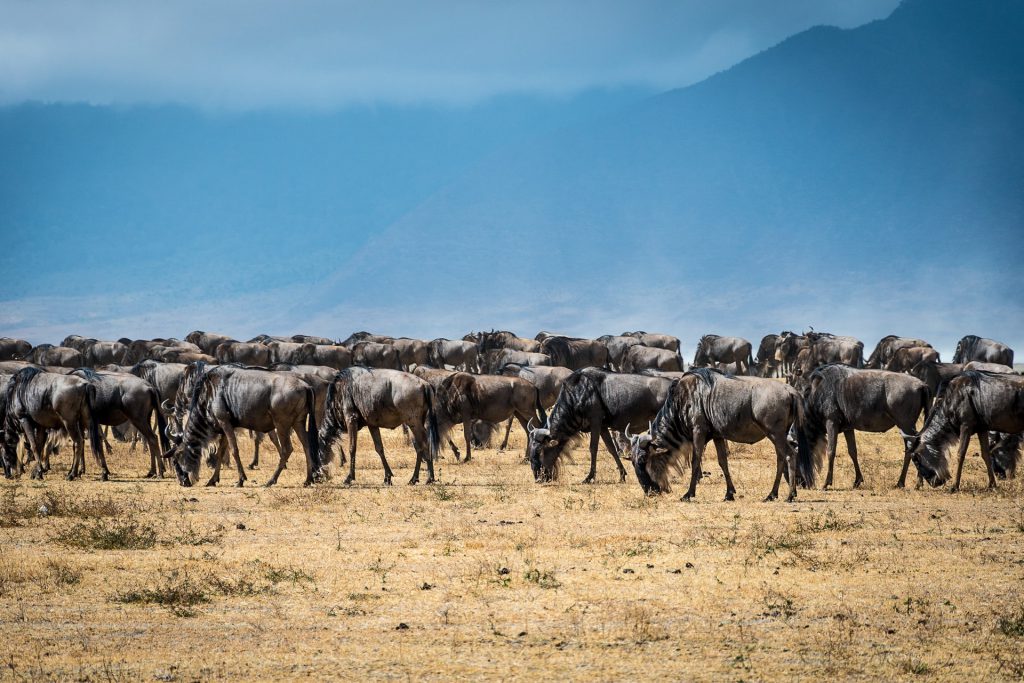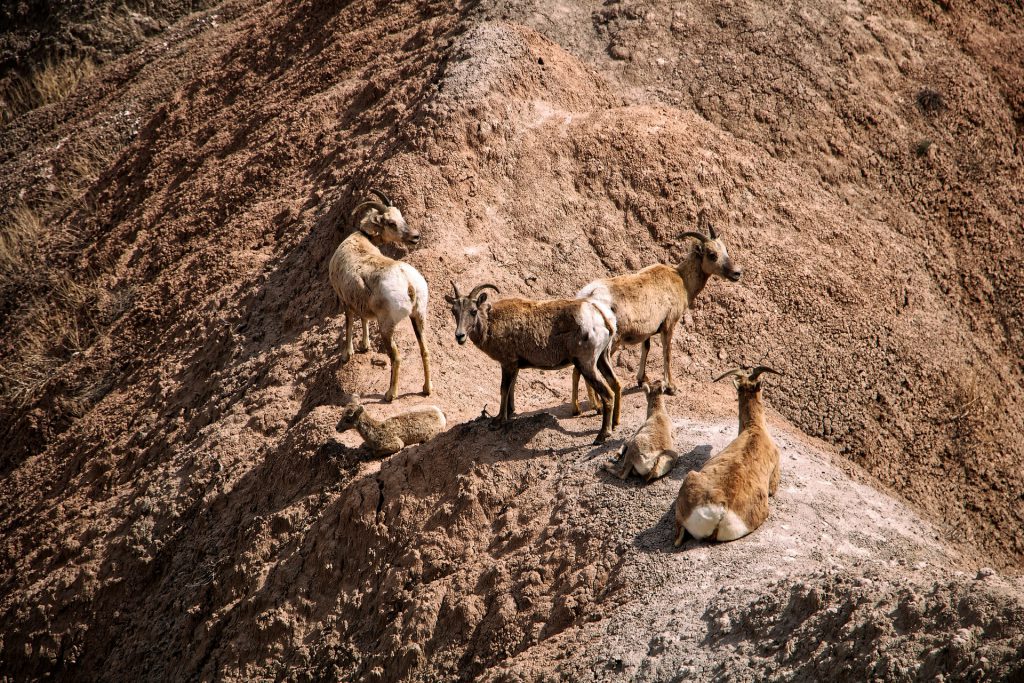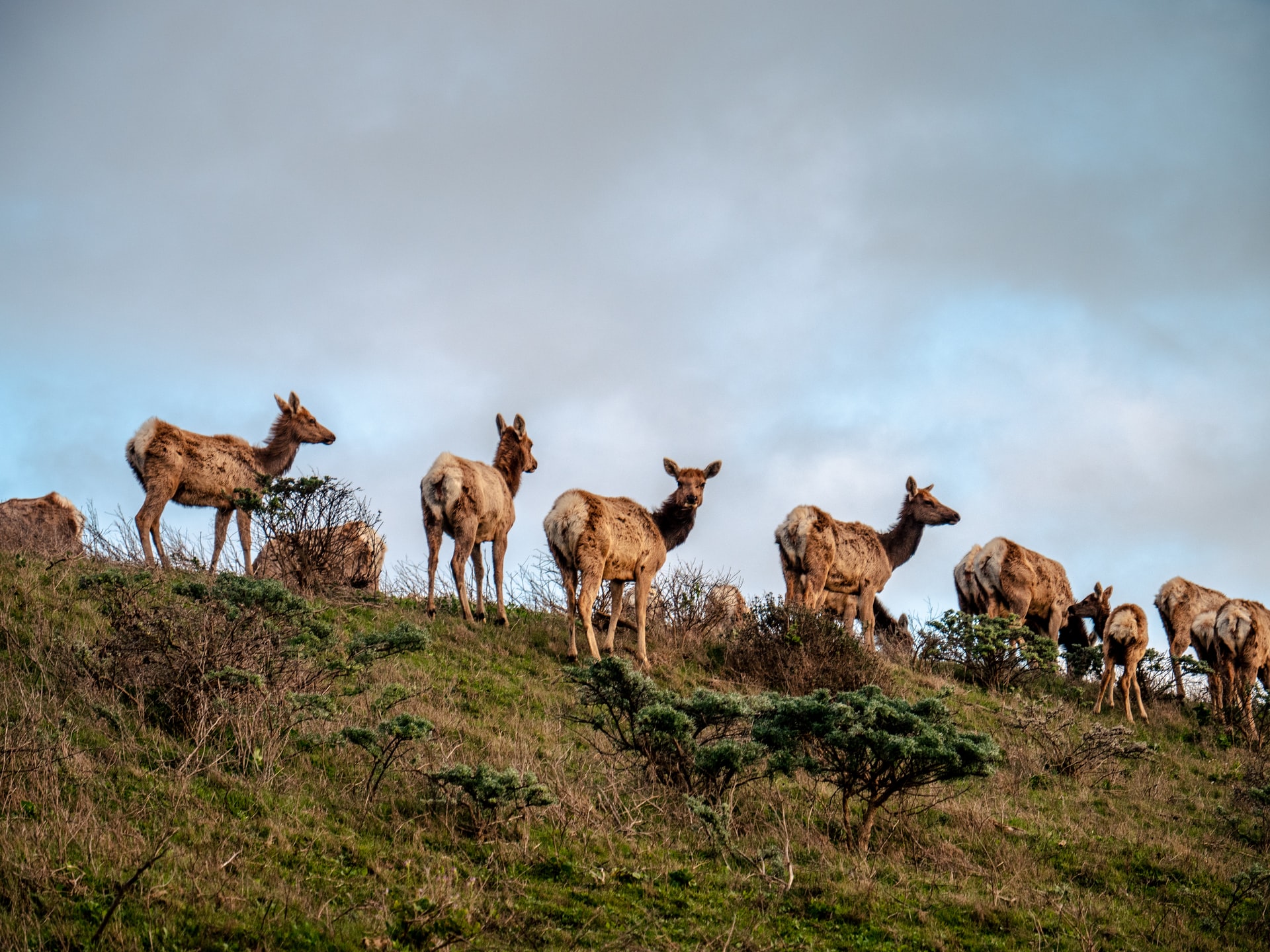Every winter, migratory ungulates searching for forage travel distinct pathways ingrained in them since birth, traveling hundreds or even thousands of miles as they move between their summer and winter ranges. Man-made obstacles, such as roads and fences, and environmental factors have played roles in the decline of ungulate populations worldwide. These wildlife migration routes are critical to the survival of deer, elk, moose, bighorn sheep, mountain goats, antelope, bison, and other migratory ungulates.
While US scientists have worked on mapping migration patterns — primarily in the West — to determine how to protect and support these routes that are passed from mother to young, there is a new international collaboration among 92 scientists and conservationists to create a global map of key migration corridors, beginning in North America, where a crucial migration pipeline runs from Yellowstone to the Yukon Territory.
The project’s global span will allow scientists to map the routes of myriad migratory ungulates, including North American elk and mule deer, South American guanacos, Arctic caribou and reindeer, European red deer, Mongolian gazelles and saiga, and the wildebeest of the Serengeti. And those are just a few examples. The team will be using the latest GPS tracking technology, mapping software, and data-sharing platforms available and working with local Indigenous groups to harness their knowledge. Researchers hope to build upon conservation projects that have already proved successful, such as safe wildlife crossings on busy highways, wildlife-friendly fences, and large expanses of land protected for migratory use.

“A global migration atlas is urgently needed because there has never been a worldwide inventory of these phenomenal seasonal movements,” said Matthew Kauffman, lead author of the recent commentary published in Science, “Mapping Out a Future for Ungulate Migrations,” and a wildlife biologist with the US Geological Survey. “As landscapes become more difficult to traverse, the maps can help conservationists pinpoint threats, identify stakeholders, and work together to find solutions.”
The Global Initiative on Ungulate Migration, which was launched earlier this month, is already working toward that global inventory of migration patterns, according to the Yellowstone to Yukon Conservation Initiative. The overall goal of the project is to provide “detailed maps of the seasonal movements of herds worldwide” that will give governments, Indigenous people and local communities, planners, and wildlife managers the ability “to identify current and future threats to migrations and advance conservation measures to sustain them in the face of an expanding human footprint.”

To do this, communities will need to work together to prioritize and conserve migration routes that are shifting daily and impacting water, snow, ice, and plant green-up. Because each species uses different habitats for feeding, breeding, and resting, safeguarding these routes could mean the survival of entire populations, according to the Convention on the Conservation of Migratory Species of Wild Animals.
Unfortunately, some migration routes have already been lost, and others are in steep decline.
“As development, roads, and other barriers expand around the world and in the Yellowstone to Yukon region, migrating wildlife must deal with the effects. We hope these maps and research will spark conservation actions to sustain important wildlife migrations,” said Jodi Hilty, a co-author of the Science article and president and chief scientist of the Yellowstone to Yukon Conservation Initiative.
Read Next: Alaska Might Close Caribou and Moose Hunt to Nonresident Hunters








Comments